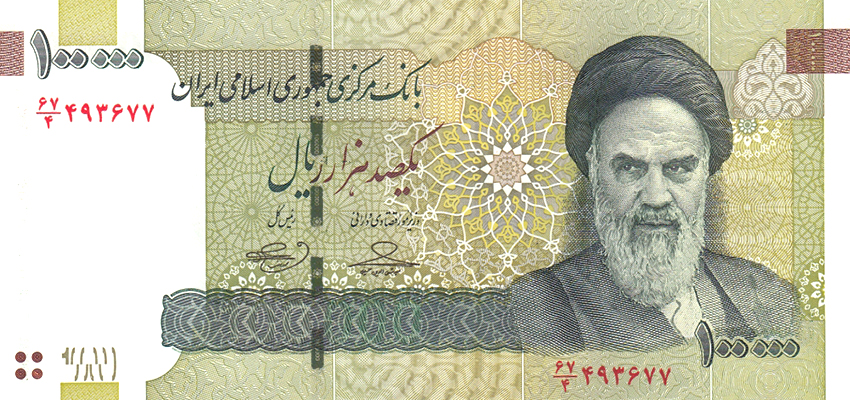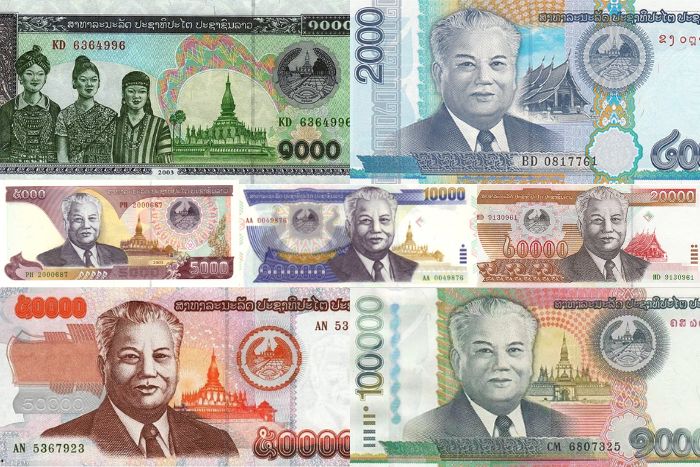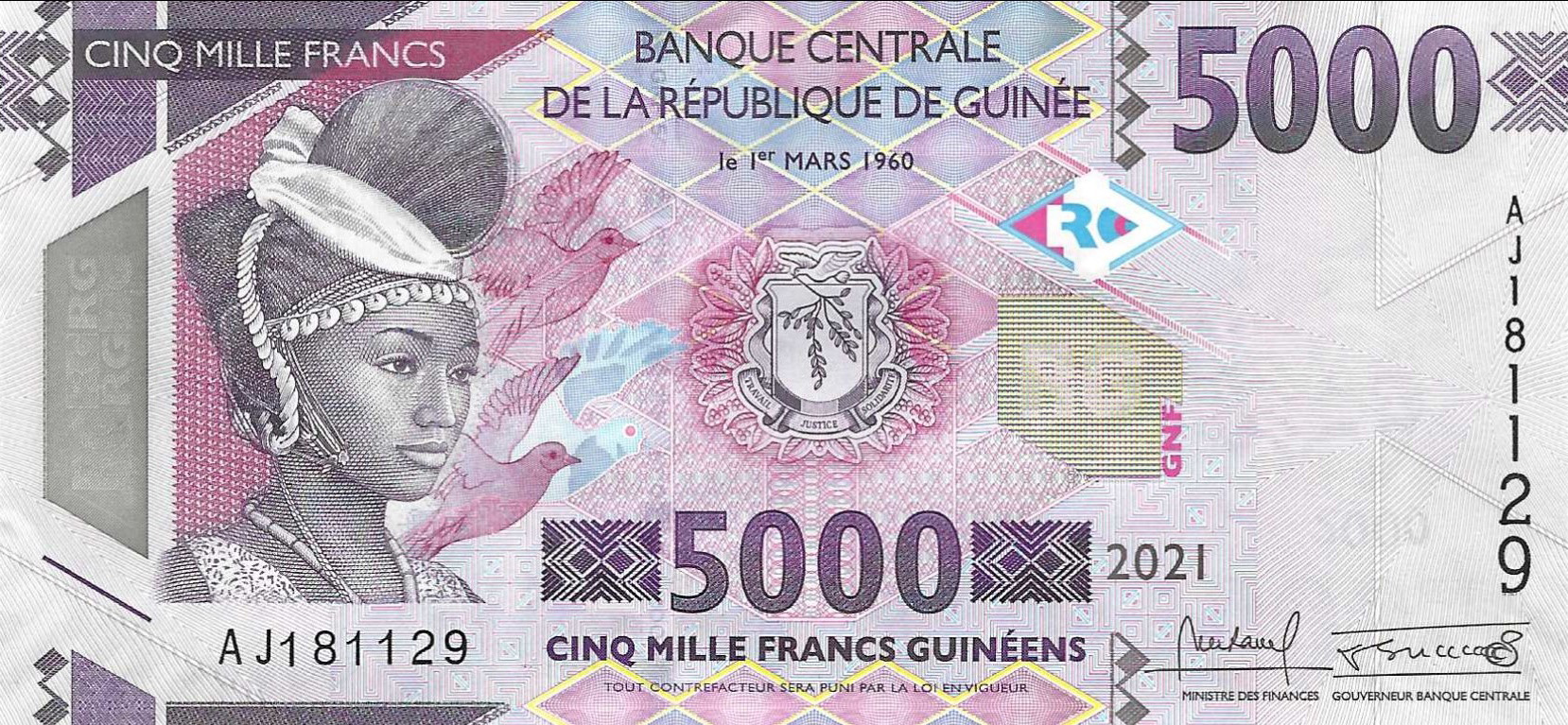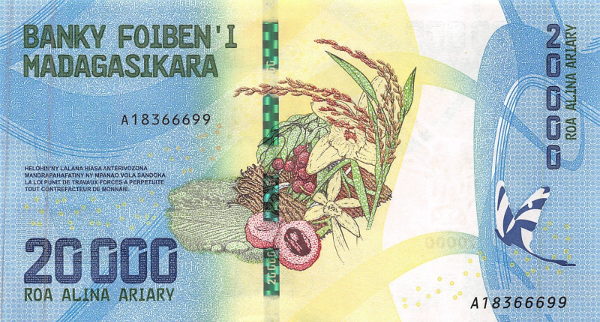The weakest currencies in the world have the lowest buying power, making it difficult for their economies to thrive. While stronger currencies can purchase more goods and services, weak currencies struggle due to economic instability, inflation, and political challenges.
Here are the top 15 weakest currencies in the world in 2025 and the reasons behind their struggles.
1. Lebanese Pound (LBP)

The Lebanese Pound has experienced significant depreciation in recent years. Currently, the exchange rate is approximately LBP/USD = 0.000011, making it the weakest currency in the world. Lebanon’s financial crisis, political instability, and declining foreign reserves have contributed to the pound’s decline. The banking sector’s collapse and corruption have further destroyed trust in the national currency. Efforts to stabilize the economy have been disrupted by a lack of political consensus and structural reforms.
2. Iranian Rial (IRR)

The Iranian Rial is one of the weakest currencies globally, with an exchange rate of IRR/USD = 0.000024. The primary reason for the Rial’s weakness is economic sanctions, which have severely impacted Iran’s ability to engage in international trade. High inflation, political instability, and over-reliance on oil exports without sufficient economic diversification further contribute to its low value.
3. Laotian Kip (LAK)

The Laotian Kip is among the weakest currencies, with an exchange rate of LAK/USD = 0.000046. Laos’ landlocked geography and reliance on agriculture significantly influence its economy and currency value. The lack of industrialization, trade imbalances, and limited foreign investment have contributed to the Kip’s low valuation.
4. Syrian Pound (SYP)

The Syrian Pound has experienced significant depreciation due to the prolonged civil war and economic sanctions. The exchange rate is around SYP/USD = 0.00008. Ongoing conflict, a collapsed economy, and international isolation have contributed to the weakening of the Syrian Pound. Reconstruction efforts and economic reforms are needed to stabilize the currency.
5. Guinean Franc (GNF)

The Guinean Franc is one of the world’s lowest-valued currencies, with an exchange rate of GNF/USD = 0.00012. Guinea’s over-reliance on mining exports, particularly bauxite and gold, plays a role in its currency struggles. Despite being resource-rich, political instability, corruption, and insufficient infrastructure hinder economic growth, leading to the currency’s depreciation.
6. Paraguayan Guarani (PYG)

The Paraguayan Guarani is one of the lowest-valued currencies in South America, with an exchange rate of PYG/USD = 0.00013. Paraguay’s small, agriculture-based economy and limited diversification contribute to its low value.
7. Malagasy Ariary (MGA)

The Malagasy Ariary is one of the lowest-valued currencies, with an exchange rate of MGA/USD = 0.00021. Madagascar’s dependence on agriculture, political instability, and underdeveloped infrastructure contribute to its weak currency.
8. Cambodian Riel (KHR)

The Cambodian Riel remains weak despite Cambodia’s economic growth, with an exchange rate of KHR/USD = 0.00025. One of the main reasons for its low value is the widespread use of the US Dollar in the country. Many transactions, especially in urban areas, are conducted in USD, limiting the Riel’s demand and international strength.
9. Burundian Franc (BIF)

The Burundian Franc ranks among the weakest currencies in Africa, with an exchange rate of BIF/USD = 0.00034. Burundi’s reliance on subsistence agriculture, combined with limited infrastructure and political instability, weakens the Franc.
10. Congolese Franc (CDF)

The Congolese Franc is one of Africa’s weakest currencies, with an exchange rate of CDF/USD = 0.00035. The Democratic Republic of Congo’s economy is heavily dependent on natural resources like copper and cobalt, but political instability, conflict, and corruption hinder progress, weakening the Franc.
11. Tanzanian Shilling (TZS)
The Tanzanian Shilling is another weak currency, with an exchange rate of TZS/USD = 0.00039. The Shilling’s depreciation stems from reliance on agriculture and challenges like inflation and trade imbalances.
12. Myanmar Kyat (MMK)

The Myanmar Kyat has experienced significant depreciation due to political instability and economic sanctions. The exchange rate is approximately MMK/USD = 0.00048, reflecting ongoing economic challenges in the country.
13. Nigerian Naira (NGN)
The Nigerian Naira has faced continuous depreciation, with an exchange rate of NGN/USD = 0.00065. Nigeria’s heavy reliance on oil exports makes its economy vulnerable to fluctuations in global oil prices. Additionally, inflation, corruption, and security challenges have contributed to the Naira’s weakening.
14. Rwandan Franc (RWF)

The Rwandan Franc is one of the weaker African currencies, with an exchange rate of RWF/USD = 0.00070. Despite Rwanda’s economic growth in sectors such as tourism and agriculture, challenges like trade deficits and reliance on imports contribute to the Franc’s depreciation.
15. Iraqi Dinar (IQD)
The Iraqi Dinar has been historically weak due to decades of conflict and economic sanctions. The exchange rate stands at IQD/USD = 0.00076. Despite having one of the largest oil reserves globally, political instability and infrastructure challenges limit economic recovery and currency stability.
These currencies struggle due to a combination of economic mismanagement, political instability, and reliance on limited industries. While some may recover through reforms and stronger policies, their value remains weak in the global market.




